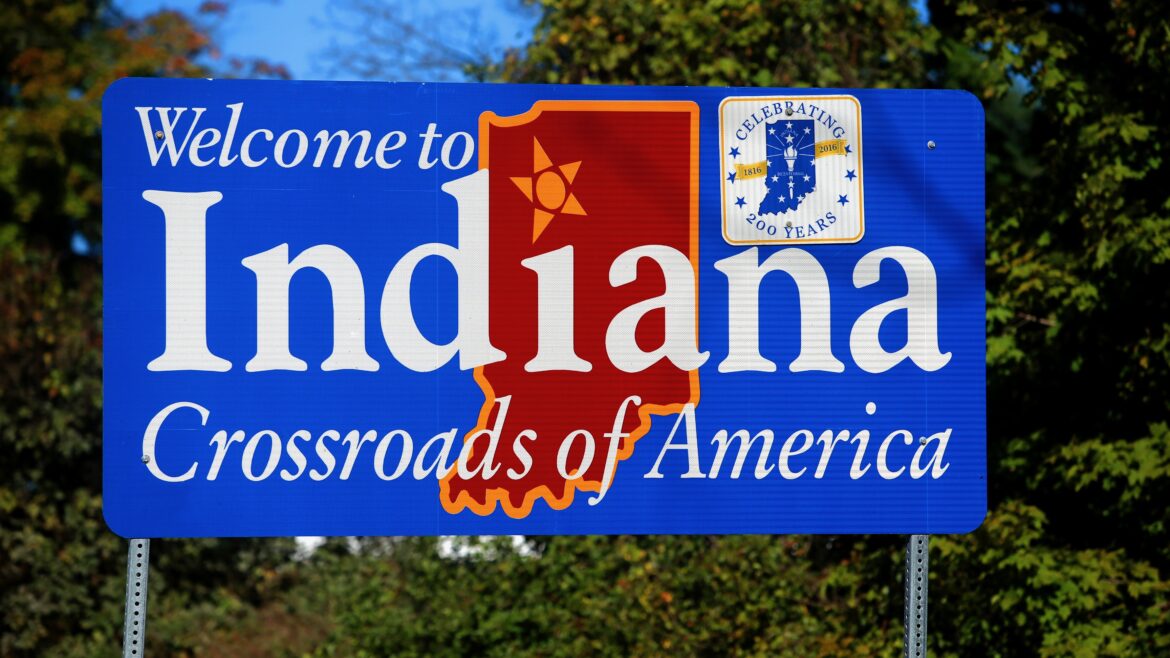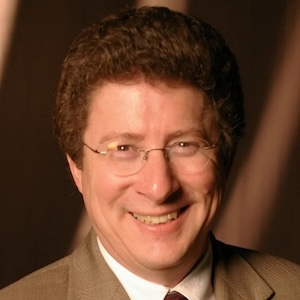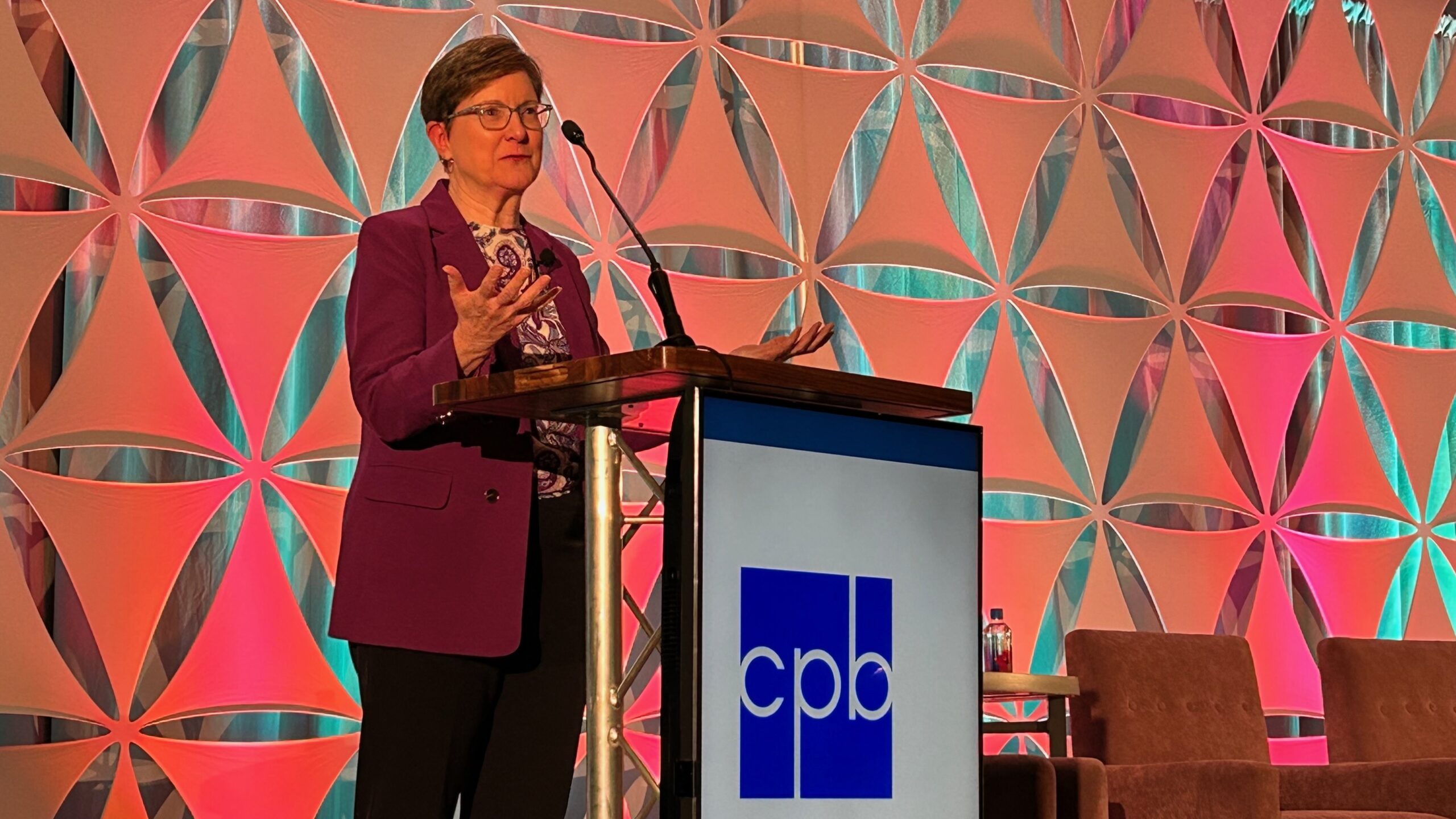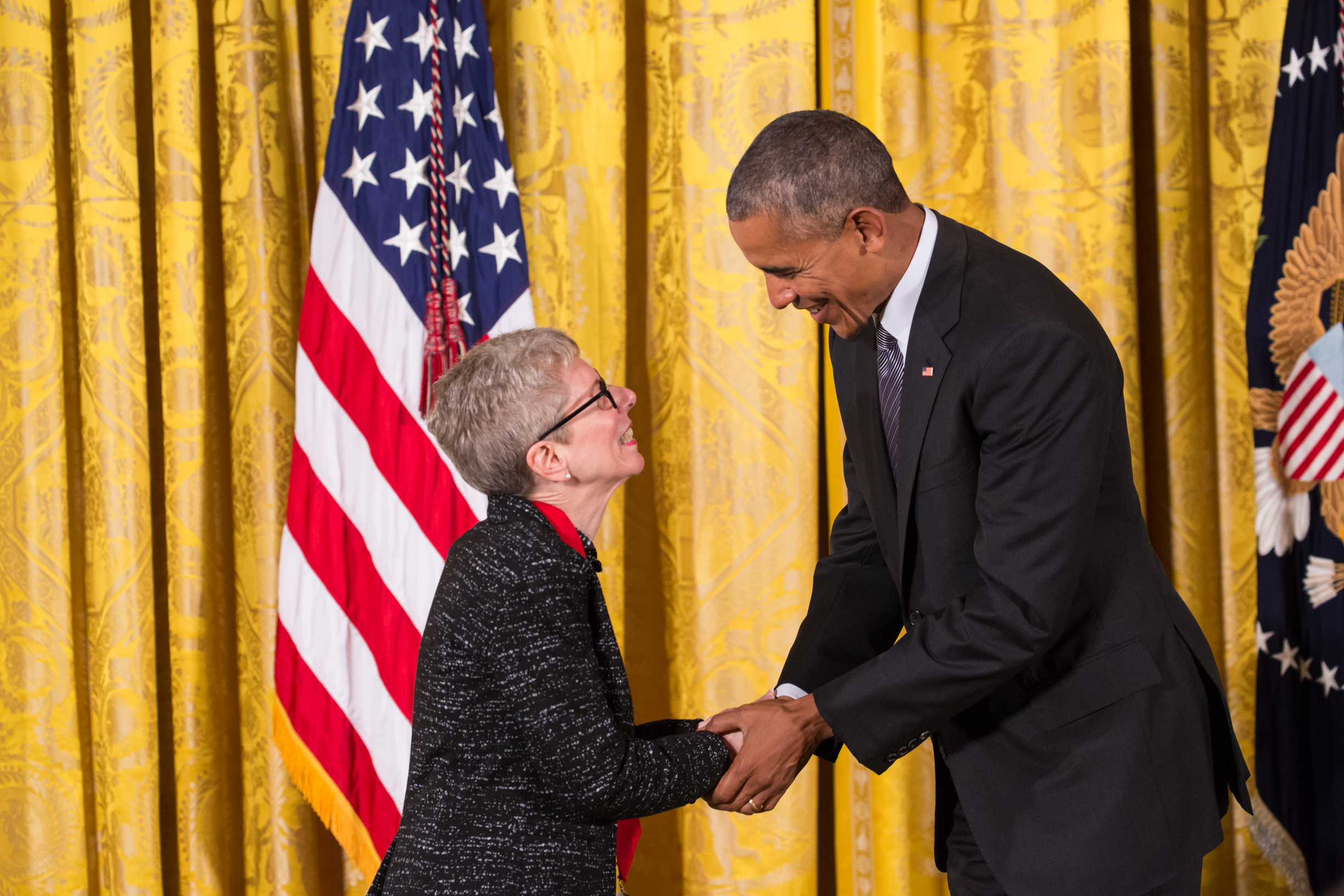Indiana stations evaluate how to ‘evolve’ as state funding evaporates

fotoguy22 / iStock
Indiana’s public stations are adapting to the sudden loss of state funding through a combination of fiscal belt-tightening and backend collaborations.
The sudden elimination of $3.675 million in state funding, approved in April during the last hours of the General Assembly’s budget deliberations, has already forced at least one station to reduce staff.
Station leaders say they’re working on plans to deal with financial shortfalls — including renewing conversations about shared joint master controls and other services — and will continue making the case to policymakers for restoring state support. At some stations, donors have generously increased their giving, helping to reduce financial pressures.
“The good news is that everybody is hanging on,” said Mark Newman, executive director of Indiana Public Broadcasting Stations. “One of the important things stations recognize is that the status quo is not the way forward.”
Hanging on comes with a cost, the amount of which differs at stations across the state.

PBS Fort Wayne anticipated level state funding of $400,000 per year, and the loss means its budget is now reduced by 12%, said GM Bruce Haines.
In early May, seven employees who made up about a third of the station’s workers were let go, Haines said. The reduction in force, affecting mostly part-time staff, saves $214,000 per year, he said. The team has found an additional $63,000 in savings through contracts on services such as lawn care.
“Everyone here had an important role to play. Those roles have been reshuffled somewhat,” Haines said. “We’re trying to … come up with a way to make the best community case to say this is the stuff we’ve done already to mitigate this damage.”
Increased donor support
At WNIN, a dual licensee in Evansville, $446,000 in state funding makes up about 17% of the station’s annual budget, said President and CEO Tim Black.
WNIN has about $1 million to $1.5 million in its reserves, Black said. He anticipates drawing up to $275,000 to balance spending for the fiscal year that ends Sept. 30, as WNIN typically would receive state funding in August. His board has approved him to use as much as $330,000.
Black said he has a very preliminary plan to use about $160,000 from the reserves annually over the next two fiscal years but that he will not officially request funds until the new fiscal period begins.

An increase in donor support has also helped offset the loss of state funding. Black estimated that individual contributions doubled during a recent six-week period compared to results from a year ago.
Radio station WVPE in Elkhart, which serves southwestern Michigan and north-central Indiana, has also seen a big boost in membership in the first half of the year, said Station Manager Anthony Hunt.
“People out of the blue are increasing their gifts,” Hunt said. “We are on pace to have a record in membership that we’ve never had before.”
WVPE gets about $60,000, or 4% of its budget, from the state, Hunt said. He said there’s a “reasonable shot” that increased membership will cover that loss, but it’s too early to know that.
Hunt said his station could look at trimming other expenses, such as not repeating a billboard campaign it did last year.
“The flat answer is I don’t know,” Hunt said. “Basically, I need to plan on $60,000 less over the course of a year.”
‘Going back to the state’
To trim expenses, WNIN will look at cutting travel and program acquisitions from sources other than PBS and NPR, Black said.
“We do have a plan, and I’m confident that we’re going to be able to handle things, particularly if we’re not dealing with anything more than the state funding cut,” Black said.
But the station can’t go on without state funding forever, Black said. A bigger problem looms if federal dollars — which make up another 30% of its budget — go away.
“As a local station … that is smaller and considered more rural, the state and federal funding … is critical to what we do,” Black said. “We might be able to deal with that for a limited period of time, but we can’t sustain ourselves for a long time without the state and federal dollars.”
WFYI Public Media in Indianapolis is focused on a short-term plan as state funding could be restored in two years and as changes to federal funding remain possible, said President and CEO Greg Petrowich.

“It’s kind of hard to be too specific because you’ve got a couple of other variables yet,” Petrowich said.
State funding provided $590,000, or 5% of the dual-licensee’s budget, according to Petrowich. Federal funding adds $1.5 million, or 11%, to its annual revenues.
Petrowich looks to make up for lost state funding with increased support from foundations or businesses and by collaborating with other Indiana stations in ways that won’t affect its audience, he said.
Newman told Current that IPBS plans to pursue more conversations with the members of the legislature and Gov. Mike Braun about restoring support.
“State funding is crucial to the long-term success of our stations,” Newman said. “We will be going back to the state.”
Indiana stations received $9.38 million from CPB in FY24, according to an IPBS statement released Wednesday. The proposed rescission of CPB funds would “bring our stations to their knees and the millions of Hoosiers who rely on them for trusted information, educational support, and public safety alerts will be negatively impacted,” Newman said in the statement.
‘We have to evolve’
In the meantime, Indiana stations are discussing ways they can work better together.
“We have to evolve,” Newman said. “We have to transform ourselves.”
IPBS stations already share content, Newman said. Now they are looking at a media asset management system that would enable them to share audio and visual content more effectively. Engineering and technical support staff are another possible option for stations to collaborate and share resources.
“If we’re able to create a much more streamlined, centralized approach to our engineering and technical support across our stations, that relieves some of our stations of a really big challenge and a costly challenge,” Newman said.
Hunt, who chairs the IPBS board, said the association has preliminarily discussed several back-office options, including an Indiana version of a joint TV master control.
“What level those actions take is still ambiguous because they have just started, and we have discussed this before during my 25 years in IPBS,” Hunt said in an email.
“In fact, I’m skeptical we will get there except that the stakes feel different, because several stations have no future at all should both state and federal funding end,” Hunt added.

Petrowich also sees opportunities for collaboration in engineering and finance — areas that don’t affect listeners or viewers.
“There are things that are not audience sensitive, but still cost money,” Petrowich said.
Haines of PBS Fort Wayne confirmed collaboration discussions are actively happening. Some familiar ideas about shared services might be more beneficial now.
“We would like to know if this is a good time to revisit things like joint master control or combining traffic or working with a national- or state-based organization to assist with back-office membership,” Haines said. “These are not new ideas, but they are probably ideas that are better honed or better priced than when they first came out.”
The funding challenge coincides with celebrations of PBS Fort Wayne’s 50th anniversary.
“In any way, shape or form, we will be serving this region with content that educates, informs, inspires, entertains — all those things,” Haines said. “It’s the degree of that service that we seek to protect to the best of our abilities.”






